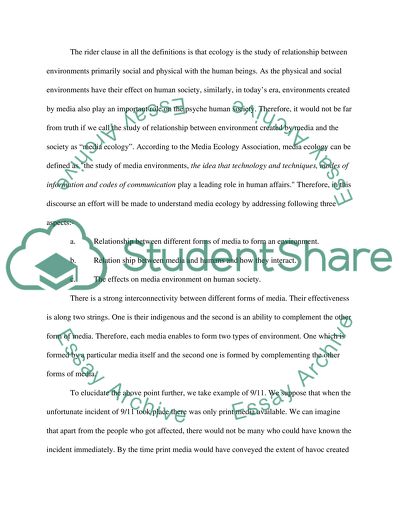Cite this document
(“Media Ecology Essay Example | Topics and Well Written Essays - 2000 words”, n.d.)
Retrieved from https://studentshare.org/miscellaneous/1512509-media-ecology
Retrieved from https://studentshare.org/miscellaneous/1512509-media-ecology
(Media Ecology Essay Example | Topics and Well Written Essays - 2000 Words)
https://studentshare.org/miscellaneous/1512509-media-ecology.
https://studentshare.org/miscellaneous/1512509-media-ecology.
“Media Ecology Essay Example | Topics and Well Written Essays - 2000 Words”, n.d. https://studentshare.org/miscellaneous/1512509-media-ecology.


